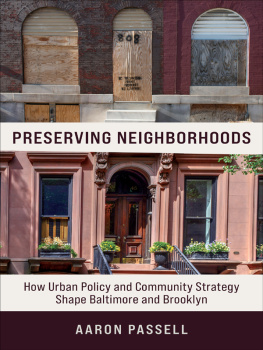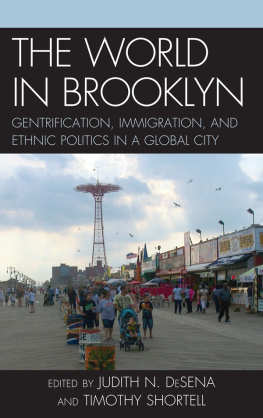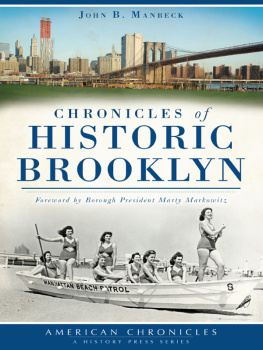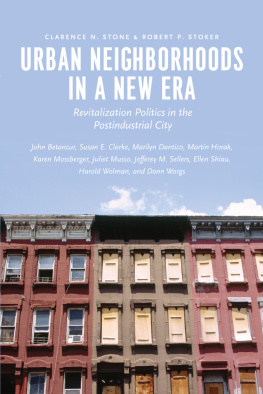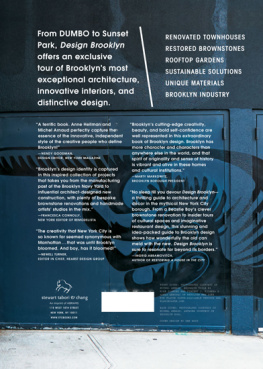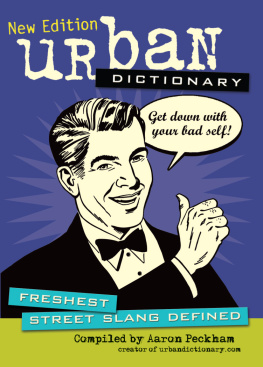Aaron Passell - Preserving Neighborhoods: How Urban Policy and Community Strategy Shape Baltimore and Brooklyn
Here you can read online Aaron Passell - Preserving Neighborhoods: How Urban Policy and Community Strategy Shape Baltimore and Brooklyn full text of the book (entire story) in english for free. Download pdf and epub, get meaning, cover and reviews about this ebook. year: 2021, publisher: Columbia University Press, genre: Politics. Description of the work, (preface) as well as reviews are available. Best literature library LitArk.com created for fans of good reading and offers a wide selection of genres:
Romance novel
Science fiction
Adventure
Detective
Science
History
Home and family
Prose
Art
Politics
Computer
Non-fiction
Religion
Business
Children
Humor
Choose a favorite category and find really read worthwhile books. Enjoy immersion in the world of imagination, feel the emotions of the characters or learn something new for yourself, make an fascinating discovery.
- Book:Preserving Neighborhoods: How Urban Policy and Community Strategy Shape Baltimore and Brooklyn
- Author:
- Publisher:Columbia University Press
- Genre:
- Year:2021
- Rating:3 / 5
- Favourites:Add to favourites
- Your mark:
- 60
- 1
- 2
- 3
- 4
- 5
Preserving Neighborhoods: How Urban Policy and Community Strategy Shape Baltimore and Brooklyn: summary, description and annotation
We offer to read an annotation, description, summary or preface (depends on what the author of the book "Preserving Neighborhoods: How Urban Policy and Community Strategy Shape Baltimore and Brooklyn" wrote himself). If you haven't found the necessary information about the book — write in the comments, we will try to find it.
Aaron Passell: author's other books
Who wrote Preserving Neighborhoods: How Urban Policy and Community Strategy Shape Baltimore and Brooklyn? Find out the surname, the name of the author of the book and a list of all author's works by series.
Preserving Neighborhoods: How Urban Policy and Community Strategy Shape Baltimore and Brooklyn — read online for free the complete book (whole text) full work
Below is the text of the book, divided by pages. System saving the place of the last page read, allows you to conveniently read the book "Preserving Neighborhoods: How Urban Policy and Community Strategy Shape Baltimore and Brooklyn" online for free, without having to search again every time where you left off. Put a bookmark, and you can go to the page where you finished reading at any time.
Font size:
Interval:
Bookmark:

Neighborhoods
Shape Baltimore and Brooklyn

strategy shape Baltimore and Brooklyn / Aaron Passell.
Includes bibliographical references and index.
| ISBN 9780231194068 (hardback) | ISBN 9780231194075 (trade
paperback) | ISBN 9780231550635 (ebook)
City planningNew York (State)New York. |
Historic preservationSocial aspectsMarylandBaltimore. |
Historic preservationSocial aspects
New York (State)New York. | Historic districtsMarylandBaltimore. |
Historic districtsNew York (State)New York. |
Urban renewalMarylandBaltimore. | Urban renewal
New York (State)New York. | Baltimore (Md.)Social
conditions. | Brooklyn (New York, N.Y.)Social conditions.
(ebook) | DDC 307.1/2160974723dc23
Luca and Matteo, who help me know whats important,
And Tabatha, my partner in all things.

Font size:
Interval:
Bookmark:
Similar books «Preserving Neighborhoods: How Urban Policy and Community Strategy Shape Baltimore and Brooklyn»
Look at similar books to Preserving Neighborhoods: How Urban Policy and Community Strategy Shape Baltimore and Brooklyn. We have selected literature similar in name and meaning in the hope of providing readers with more options to find new, interesting, not yet read works.
Discussion, reviews of the book Preserving Neighborhoods: How Urban Policy and Community Strategy Shape Baltimore and Brooklyn and just readers' own opinions. Leave your comments, write what you think about the work, its meaning or the main characters. Specify what exactly you liked and what you didn't like, and why you think so.

